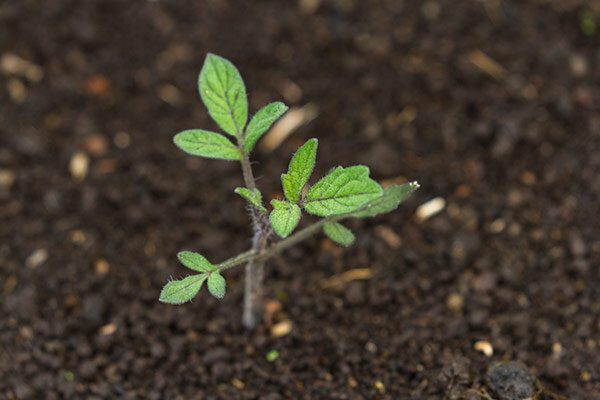Spring Tree Services from a Kalamazoo Arborist
With the winter finally winding down and the spring finally heating up, it’s time for many of us to start our spring cleaning. But even if your spring cleaning begins in the home, it shouldn’t end there.
Michigan winters can take quite a toll on even the strongest trees around us. The biting cold of the worst winter days can dry out and damage trees seemingly overnight. On top of that, ice and snow can be deceptively heavy, and have been known to split entire trees. With all this in mind, we always recommend that property owners give their trees some attention when they do their spring cleaning.
In this month’s blog post, we’ll be talking about the effects the winter may have had on your trees, and the tree services we provide for after-winter tree care.
How Winter Affects Your Trees
It’s easy to think that because the trees around us are native to Michigan, they should be able to make it through the winters without a problem. While the trees in our neck of the woods are extremely resilient to the trials of winter, it’s important not to underestimate the power of the cold.
As the winter hits, many trees become dormant as they “hibernate” in preparation for the cold season. This means their stems, buds, branches, and roots all slow down their nutrient-gathering and switch to preserving resources. However, many trees don’t fully hibernate by the time the winter comes.
Kalamazoo residents may remember this most recent November, when our area was struck with heavy snowfall and bitter cold seemingly at the drop of a hat. Cold snaps like this not only take us off-guard, but they also take our trees off-guard.
Parts of the tree like the roots take longer to begin hibernating than the buds, which means they’re liable to become damaged during sudden cold snaps in the fall. Then, when the soil warms up from a cold snap, it causes a rapid contraction and expansion, which crushes roots underground.
How to Tell You Need Tree Service
In recap: winter can be as hard on our trees as it is on us. But when do you request help? Here are some common signs to look for:
- Broken limbs and branches
- A shift in the tree’s “posture,” such as leaning or bending
- Cracks in the wood and along the bark
- On Evergreens: Brown, dry, brittle needles
If you’ve noticed any of these signs, then it may be a good idea to call in our professionals ASAP. Trees showing these signs could break and topple over, possibly crashing into your home, vehicle, or even an inattentive bystander. When you call us in, we’ll do our best to rehabilitate your tree through pruning, watering, mulching, and other cures. However, if we believe your tree poses an immediate risk, we may advise that it be removed entirely.
Avoid the worst-case scenario and set your spring up for success with our team at American Arbor. Give back to your trees and get some peace of mind by clicking here to contact us today.


